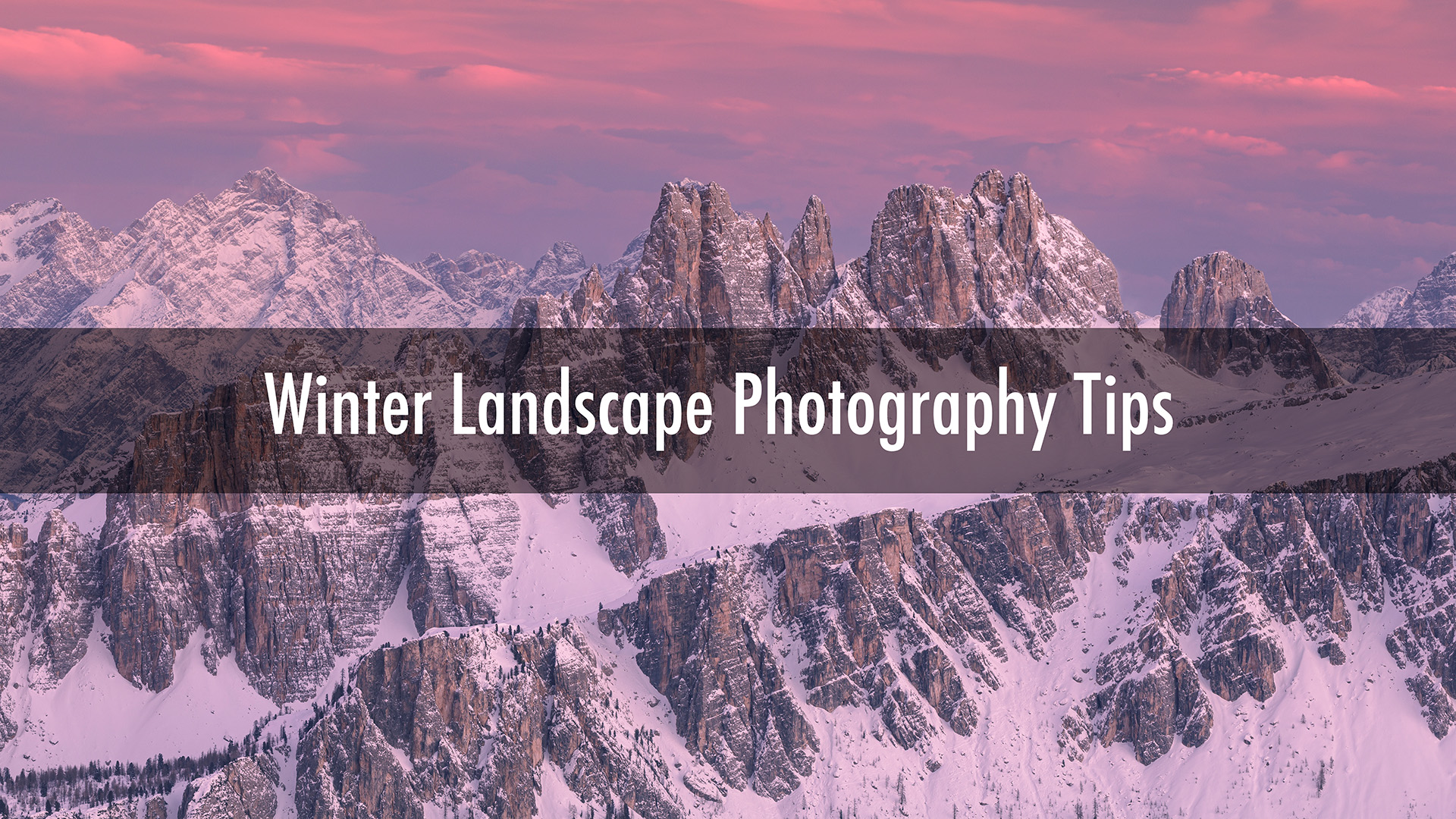
My latest video centres on giving you some winter landscape photography tips. It gives you several areas of advice in terms of photography out in the field.
Filmed in the Italian Dolomites where temperatures reached at times -16°c or roughly 0°f. Landscape photography isn’t always evident as you’re trying to not only capture the scenery around you but also you have to deal with the cold weather too.
My YouTube channel is dedicated to all things landscape and travel photography so if that’s your thing then I’d love to have you come along for the ride.
The right clothing is crucial for staying warm while doing winter landscape photography. Surprisingly, many photographers underestimate the importance of proper gear. Here’s a layered approach to keep you comfortable:
Staying warm means you can focus on capturing great shots instead of shivering in the cold.
Cold weather can drain your camera batteries faster than you might think. Here’s how to keep your gear functioning:
Taking care of your equipment ensures it performs at its best, even in frigid conditions.
While sweeping landscapes are beautiful, don’t overlook smaller details. Here are some ideas:
Sometimes, the most captivating images come from your immediate surroundings rather than grand vistas.
Photographers often rush to capture sunrise or sunset, but better colours can appear in unexpected places. Here’s what to remember:
By remaining observant, you can capture stunning moments that others might miss.
Heavy snowfall doesn’t have to halt your winter landscape photography session. Instead, use it to your advantage:
Remember, some of the best shots can come from unexpected snowfalls.
Drones can elevate your photography by providing perspectives that traditional cameras cannot. Consider these tips:
Drones open up a world of creative possibilities in winter landscape photography.
Winter landscape photography presents unique challenges, but with the right clothing, equipment care, and a keen eye for detail, you can capture remarkable images. Remember to stay warm, manage your gear wisely, and look beyond the obvious for photo opportunities. Embrace the season and enjoy the beauty it brings to your photography.